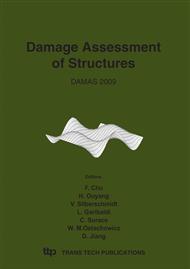p.661
p.669
p.677
p.683
p.691
p.699
p.707
p.717
p.725
Numerical Study of Thickness Distribution of Stretch-Blow Bottles for Defects Prediction
Abstract:
Nowadays, polyethylene terephthalate (PET) bottles have been increasingly used as drink containers. They are usually manufactured by a stretch-blow molding process. The improper parameters set in the stretch blow molding process may lead to many defects in the stretch-blow bottle. Finite Element (FE) simulations of the forming process were performed in this paper. The influences of the technological parameters, such as the balance between stretching and blowing rate, the movement of the stretch rod and the inflation pressure, were studied. As a result, the defects, such as over-thin area, cracking and deformation, can be predicted by this method. Especially, it is shown that the cracking in the bottom of products may result from the improper values of the dwell time and the stretch rate. The trends shown by the simulation results are in good agreement with the experimental results. The method can be applied to predict the probable defects, assess the structural properties, and optimize the processing parameters of the stretch blow molding process.
Info:
Periodical:
Pages:
691-698
Citation:
Online since:
June 2009
Authors:
Price:
Сopyright:
© 2009 Trans Tech Publications Ltd. All Rights Reserved
Share:
Citation:


